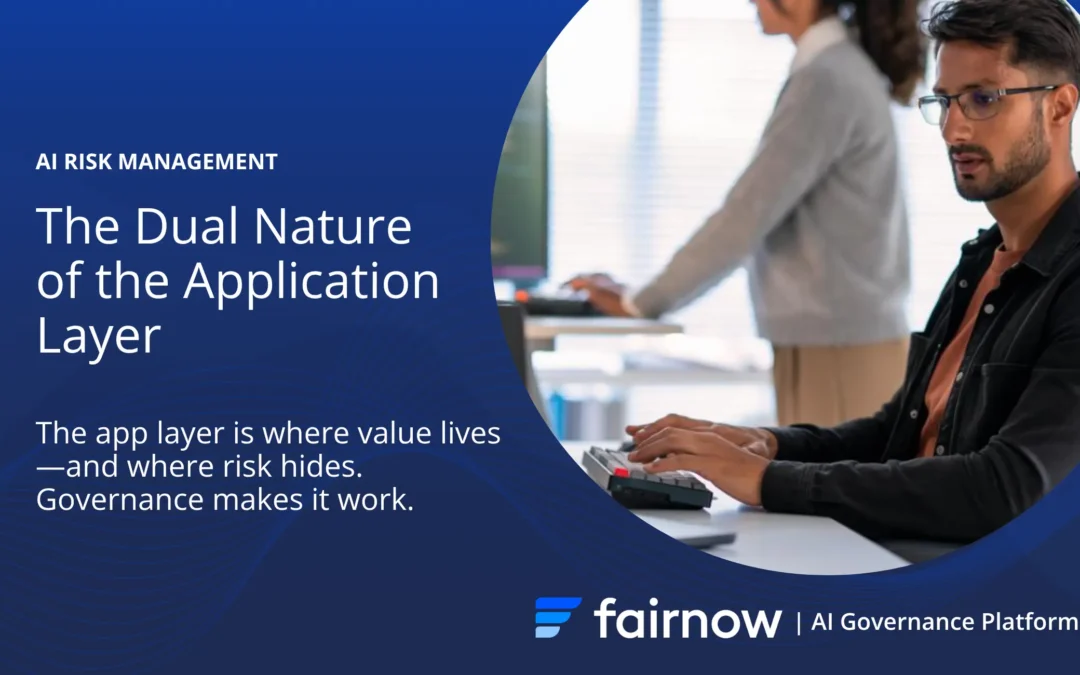What Is Machine Learning? The Simple Definition
A process for creating models by learning patterns and inference derived from data.
The Technical Definition
Machine learning is a subset of artificial intelligence that involves the development of algorithms and models that enable computers to learn from and make predictions or decisions based on data without explicit programming. It focuses on creating systems that can automatically improve their performance on a specific task through experience and data analysis.
Explain It Like I’m Five
Think of a computer like a super-smart friend. But this friend doesn’t know anything about the world. It’s like a blank slate.
Now, you want to teach your computer friend to recognize animals. You show it pictures of cats, dogs, and birds. You tell the computer friend, “This is a cat,” “This is a dog,” and “This is a bird.”
Your computer friend looks at these pictures and remembers them. Now, when you show it a new picture of an animal, like a rabbit, your computer friend can guess what it is because it learned from the pictures you showed it before. It might say, “I think it’s a rabbit!”
So, what you did is called “machine learning.” It’s like teaching your computer friend to guess things by showing it lots of pictures. This way, the computer can recognize things even if it’s never seen them before.
Machine learning helps computers learn and make smart guesses, just like you learn by looking at different pictures and figuring out what’s in them.
Use It At The Water Cooler
How to use “machine learning” in a sentence at work:
“Our data analysis team is exploring the use of machine learning to enhance our customer segmentation strategies and improve marketing effectiveness.”


